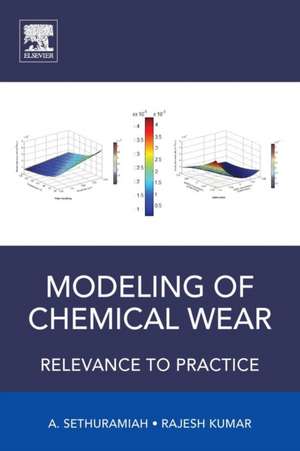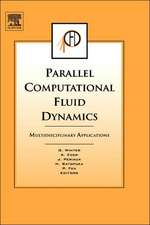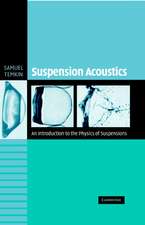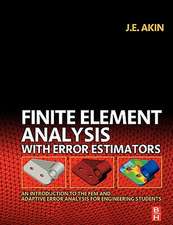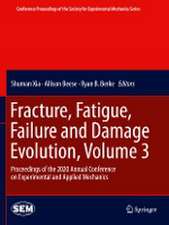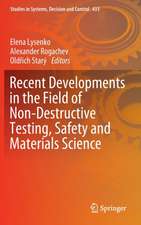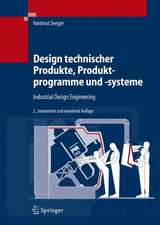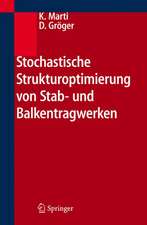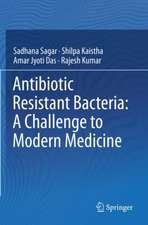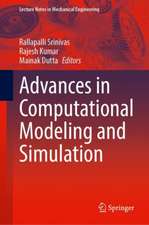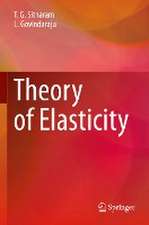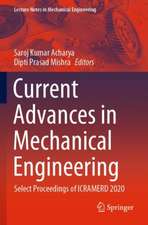Modeling of Chemical Wear: Relevance to Practice
Autor A. Sethuramiah, Rajesh Kumaren Limba Engleză Paperback – 26 oct 2015
- Provides full coverage of tribology in four concise chapters, including lubricants and additives and up-and-coming nano-level tribology
- Offers effective empirical modelling of chemical wear, along with computer programs relevant to industry standards to help you improve your test methods
- Outlines effective methodology for optimization of additive packages, relevant to the present search for eco-friendly combinations
Preț: 410.90 lei
Preț vechi: 446.63 lei
-8% Nou
Puncte Express: 616
Preț estimativ în valută:
78.64€ • 81.79$ • 64.92£
78.64€ • 81.79$ • 64.92£
Carte tipărită la comandă
Livrare economică 07-21 aprilie
Preluare comenzi: 021 569.72.76
Specificații
ISBN-13: 9780128045336
ISBN-10: 0128045337
Pagini: 240
Dimensiuni: 152 x 229 x 10 mm
Greutate: 0.41 kg
Editura: ELSEVIER SCIENCE
ISBN-10: 0128045337
Pagini: 240
Dimensiuni: 152 x 229 x 10 mm
Greutate: 0.41 kg
Editura: ELSEVIER SCIENCE
Public țintă
Research and development groups for oil and lubricant industries, professional tribology societies, students and academics interested in areas of research in tribology of lubricants and design of experimentsCuprins
1. Tribology in perspective2. Lubricants and their formulation3. Dry wear mechanisms and modeling4. Boundary lubrication mechanisms and modeling5. Fundamental approaches to chemical wear modeling6. Statistics and experimental design in perspective7. Detailed methodology for chemical wear modeling8. Optimization methodology in additive selectionAnnexure
